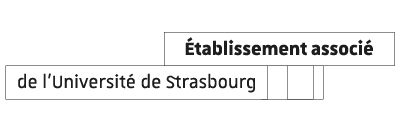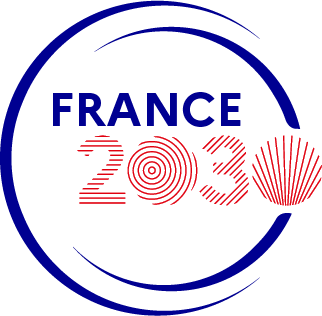Publication date: 19/06/18
ThemesNews
Researchers at the Nanochemistry Laboratory of the Institute of Supramolecular Science and Engineering (University of Strasbourg/CNRS), led by Paolo Samorì, have developed a new, gentle manufacturing technique that enables flexible and efficient organic electronic components to be produced from molecular crystals. This work was published on 10 May 2018 in the Journal of the American Chemical Society.
Photolithography is a widely used manufacturing technique in the semiconductor industry that plays a major role in the production of components found in everyday electronic devices. What was the underlying principle? To "Print" electronic components by transferring the patterns of a mask acting as a stencil on a semiconductor substrate (usually silicon) covered with a thin layer of light-sensitive resin. Photolithography is versatile and allows the integration of two-dimensional crystalline materials (graphene, transition metal dichalcogenides, black phosphorus) in complex and multi-functional electronic components of very small size (around a micrometre or nanometre).
A major breakthrough in the field of plastic electronics
Molecular crystals, made up of organic 'bricks', have attracted increasing attention in recent decades as semiconductors because they have outstanding electronic properties. However, their intrinsic fragility makes it impossible to use manufacturing techniques using high energy beams to precisely connect them to metal electrodes. This is why photolithography remains the ideal method for integrating molecular crystals into electronic components. It is in this context that researchers have developed an unprecedented, non-invasive and universal approach allowing the direct use of photolithography on molecular crystals with high accuracy (less than 300 nm). They have demonstrated it using nanosheets and nanowires of typical semiconductor organic molecules, which made it possible to produce various high performance components (transistors, logic gates, photovoltaic cells). Since this method is compatible with flexible media, these results represent a major advance in the field of plastic electronics. Paolo Samorì awarded the Surfaces and Interfaces Prize of the Royal Society of Chemistry
The Royal Society of Chemistry has awarded the Surfaces and Interfaces Award to Paolo Samorì, Director of the Institute of Supramolecular Science and Engineering (University of Strasbourg/CNRS). This prestigious award recognises his major contribution in the field of nanostructured surfaces and interfaces, where he has implemented supramolecular approaches to create devices for the electronics of tomorrow.
Molecular crystals, made up of organic 'bricks', have attracted increasing attention in recent decades as semiconductors because they have outstanding electronic properties. However, their intrinsic fragility makes it impossible to use manufacturing techniques using high energy beams to precisely connect them to metal electrodes. This is why photolithography remains the ideal method for integrating molecular crystals into electronic components. It is in this context that researchers have developed an unprecedented, non-invasive and universal approach allowing the direct use of photolithography on molecular crystals with high accuracy (less than 300 nm). They have demonstrated it using nanosheets and nanowires of typical semiconductor organic molecules, which made it possible to produce various high performance components (transistors, logic gates, photovoltaic cells). Since this method is compatible with flexible media, these results represent a major advance in the field of plastic electronics. Paolo Samorì awarded the Surfaces and Interfaces Prize of the Royal Society of Chemistry
The Royal Society of Chemistry has awarded the Surfaces and Interfaces Award to Paolo Samorì, Director of the Institute of Supramolecular Science and Engineering (University of Strasbourg/CNRS). This prestigious award recognises his major contribution in the field of nanostructured surfaces and interfaces, where he has implemented supramolecular approaches to create devices for the electronics of tomorrow.
















